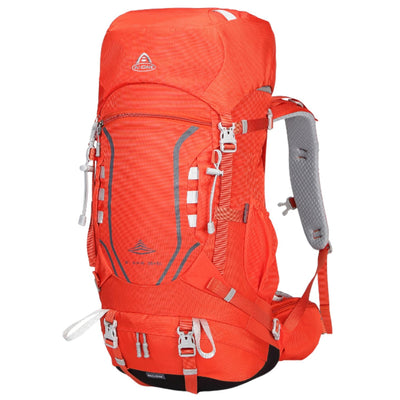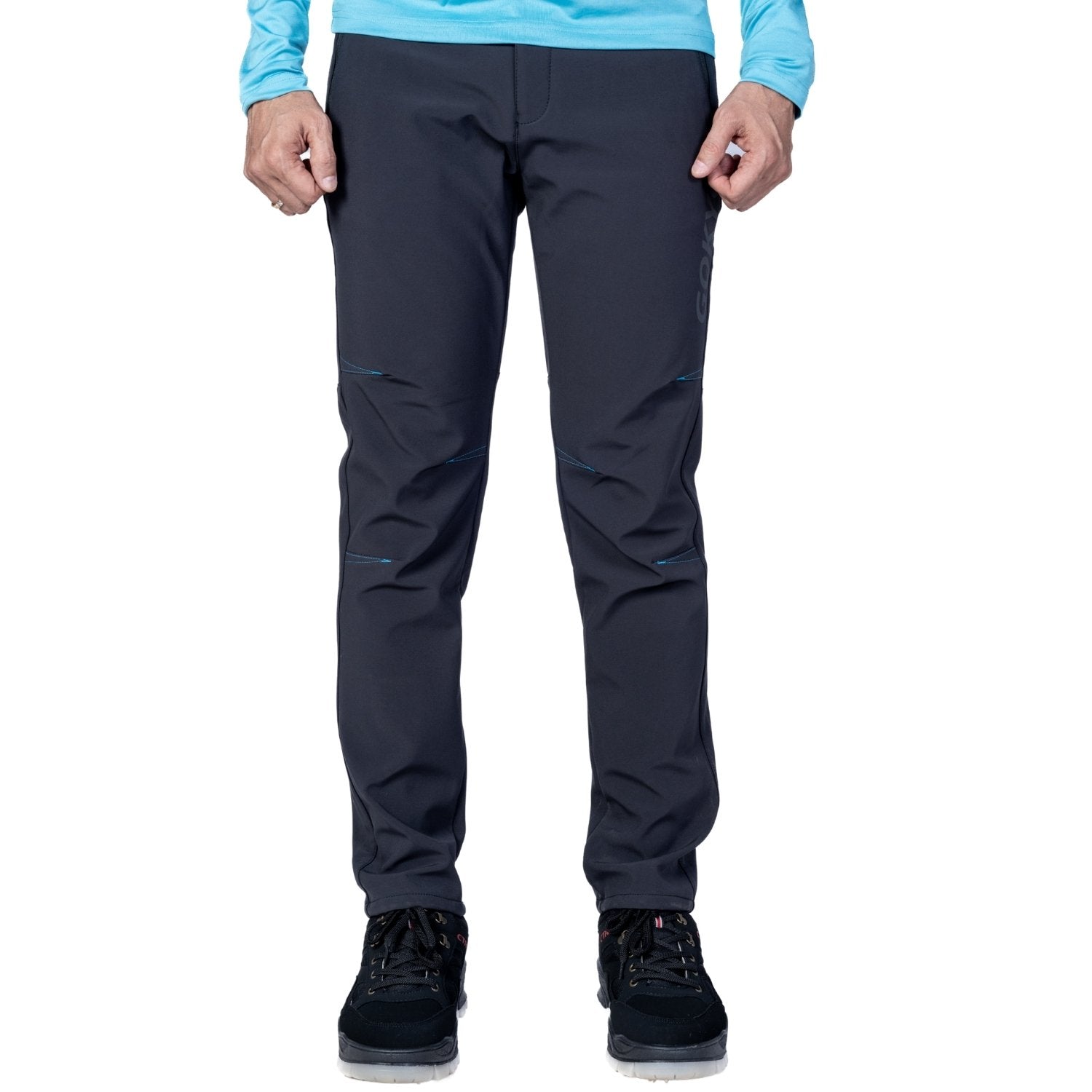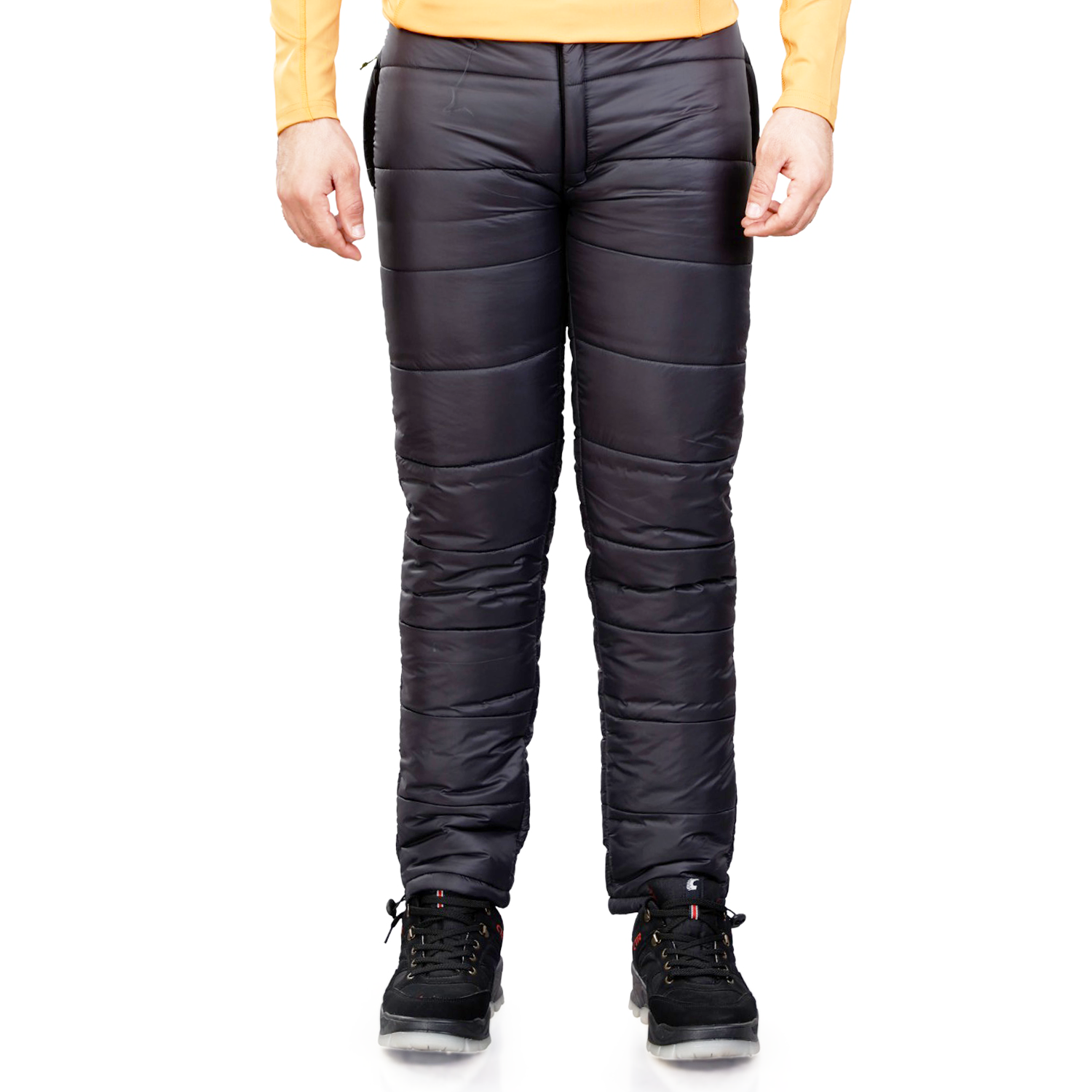A meticulously planned expedition is the key to a successful and enjoyable hiking trip. Whether you're embarking on a day hike or a multi-day adventure, packing the right trekking gear is essential for safety and comfort. This comprehensive list will guide you through the essential items you need to consider for your next hiking expedition.
Best Quality Trekking Gear – Our Top Recommendations
Backpack:
When trekking, a trekking backpack serves as your second home. Choose a bag with a comfortable fit and an appropriate size for the duration of your trip. A good rule of thumb is to choose a pack size between 30-45 liters for day hikes and 45-65 liters for overnight adventures.
Explore Our Top Trekking Backpacks for Every Adventure
Clothing:
-
Base Layer: A moisture-wicking base layer made from merino wool or synthetic fabric is essential for regulating temperature and keeping you dry.
-
Mid Layer: An insulating mid-layer fleece or puffy jacket provides warmth during rest breaks and in cooler temperatures.
-
Outer Layer: A waterproof and breathable outer shell jacket and pants are crucial for protection from rain, wind, and snow.
-
Hiking Pants: Cargo pants for men may seem convenient, but for dedicated hiking, men's trekking pants are a superior choice. Look for pants made from durable, quick-drying materials with features like articulated knees for freedom of movement, strategically placed cargo pockets for easy access while hiking, and a built-in belt for a secure fit. We offer a variety of trekking pants designed for comfort and performance on the trail.
-
Additional Clothing: Pack an extra pair of socks, a hat, sunglasses, and gloves for changing weather conditions. Consider bringing convertible hiking pants that zip off into shorts for added versatility.
Footwear:
A good pair of hiking boots or trail shoes with proper ankle support and good traction is vital for navigating uneven terrain. Choose footwear that is waterproof for wet conditions.
Navigation:
-
Map and Compass: Even with GPS devices, a physical map and compass are essential for backcountry navigation. Learn how to use them before you hit the trail.
- GPS Device (optional): A GPS device can be a valuable tool for navigation, especially in unfamiliar territory. In preparation, download offline maps in case of connection loss.
Sun Protection: Sun Protection: To shield yourself from damaging UV radiation, use sunglasses, sunscreen, and a hat with a wide brim.
Hydration:
-
Water Bottle or Hydration Pack: Stay hydrated by bringing a reusable water bottle or a hydration pack with enough capacity for the duration of your hike.
-
Water Purification Tablets or Filter (optional): If you'll be relying on natural water sources, consider bringing water purification tablets or a filter.
Food and Nutrition:
Pack enough high-energy snacks and meals to fuel your hike. Choose options that are lightweight, calorie-dense, and easy to eat on the trail. Don't forget a reusable container for packing your food.
Emergency Gear:
-
First-Aid Kit: A well-stocked first-aid kit is essential for treating minor injuries.
-
Emergency Shelter: Pack a lightweight emergency blanket or bivy sack for unexpected situations.
-
Headlamp or Flashlight: A reliable light source is crucial for nighttime emergencies or low-light conditions.
Miscellaneous:
-
Trekking Poles: Trekking poles can improve balance, reduce joint stress, and help propel you forward on the trail.
-
Repair Kit: Pack a small repair kit with items like duct tape, safety pins, and sewing supplies for minor gear repairs.
-
Waste Disposal Bags: Respect the environment by packing out all your trash and using designated waste disposal areas.
Packing Tips:
-
Plan and Organize: Lay out all your gear beforehand and check it off a list to ensure you haven't forgotten anything.
-
Pack Light: Every ounce counts, so prioritize essential items and pack light clothing made from lightweight fabrics.
-
Distribute Weight Evenly: Pack heavier items closer to your back for better weight distribution and balance.
-
Easy Access Essentials: Keep items you'll need frequently, like snacks, sunscreen, and your water bottle, easily accessible in your backpack pockets.
Final Thoughts:
This list provides a starting point for your hiking expedition packing needs. Remember to adjust it based on the specific details of your trip, such as the duration, location, and weather conditions. By packing thoughtfully and following these tips, you can ensure a safe and enjoyable adventure on the trail.
Looking for Men's Trekking Pants for Your Next Hike?
We offer a wide range of hiking pants for men specifically designed for optimal performance and comfort in various outdoor conditions. These pants are crafted with durable, breathable materials that provide excellent mobility and protection against the elements.
Frequently Asked Questions (FAQs) :
-
What size trekking backpack should I choose?
For day hikes, select a backpack between 30-45 liters. For overnight trips, choose one between 45-65 liters.
-
Why are specific hiking pants better than cargo pants?
Men's trekking pants are designed for durability, comfort, and functionality, with features like articulated knees and quick-drying materials, making them superior for hiking.
-
What should I include in my emergency gear?
Your emergency gear should include a first-aid kit, an emergency blanket or bivy sack, and a headlamp or flashlight.
-
Why is a physical map and compass still important with GPS?
A physical map and compass are essential for backcountry navigation and provide a backup if GPS devices fail or lose signal.
-
How can I stay hydrated during a hike?
Bring a reusable water bottle or hydration pack. For natural water sources, consider carrying purification tablets or a filter.
-
Do you offer trekking pants for men?
Yes, we offer a variety of men's trekking pants designed for comfort, performance, and protection on the trail.
-
What should I consider when choosing hiking footwear?
Choose hiking boots or trail shoes with proper ankle support, good traction, and waterproof features to handle uneven terrain and wet conditions effectively.























































